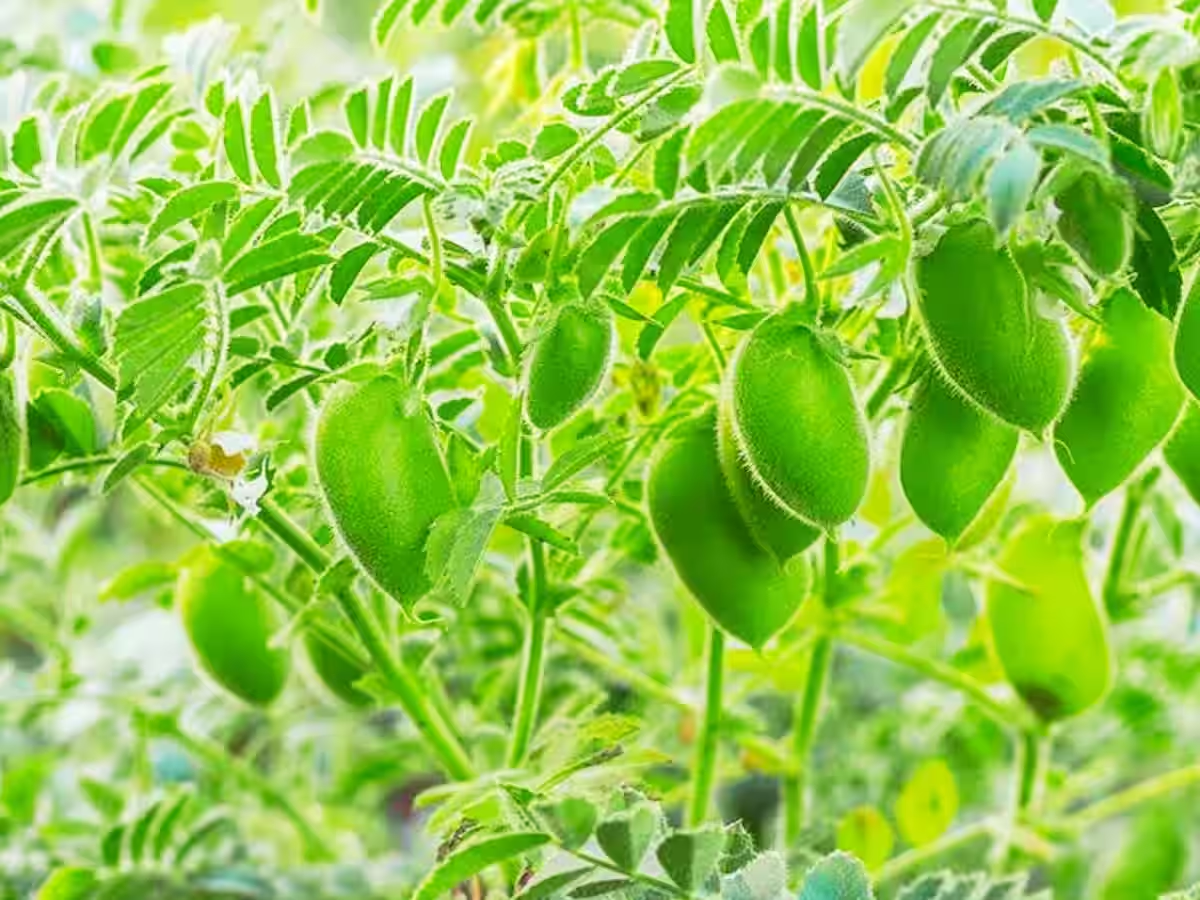







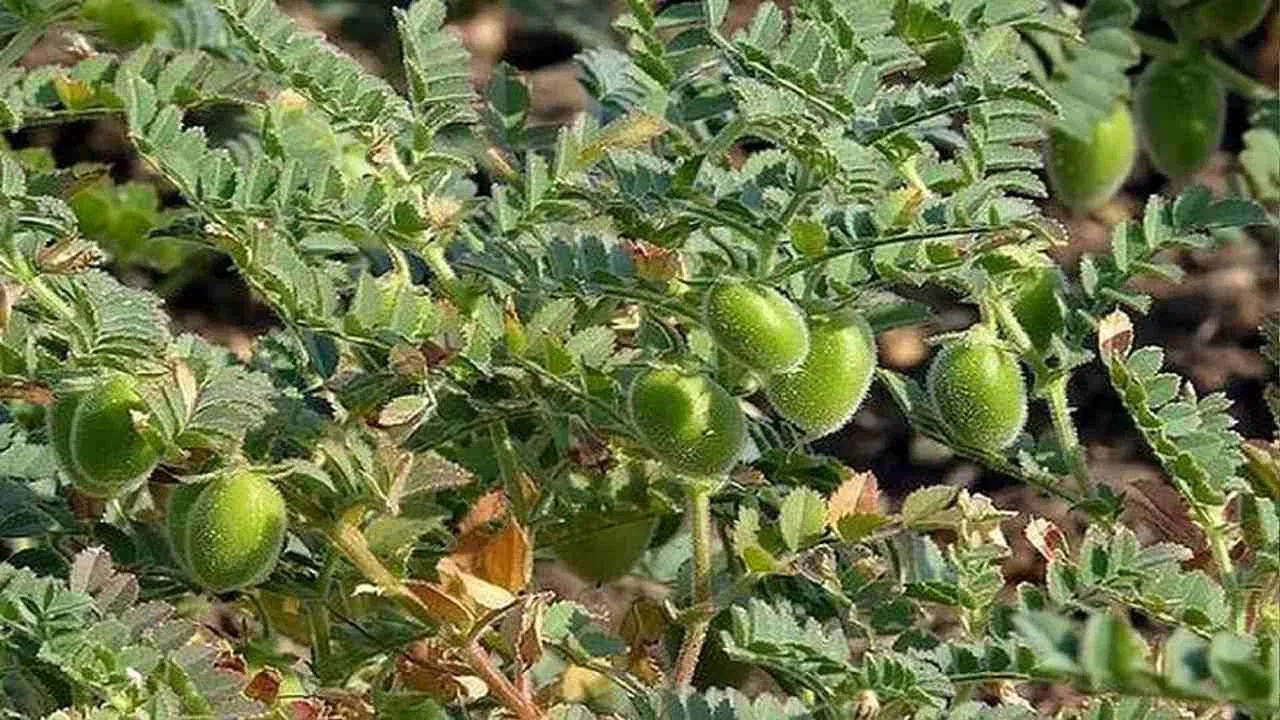



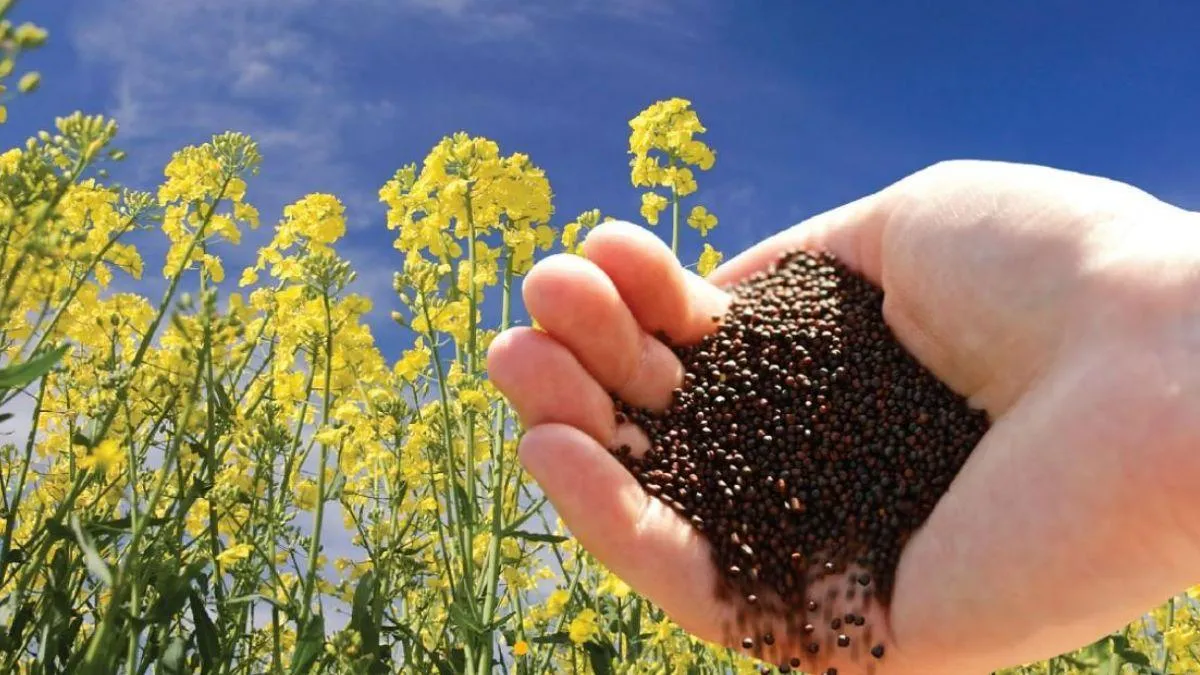

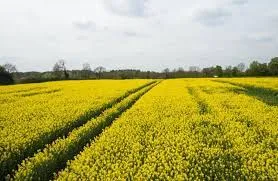







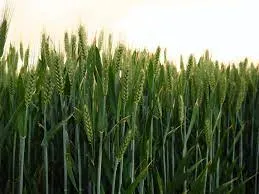




Rabi Crops in Maharashtra
Rabi crops, also known as winter crops, are sown after the monsoon rains, typically in October and November, and harvested in spring. In Maharashtra, these crops play a crucial role in sustaining the agricultural economy during the dry season. They require a cooler climate for their growth and rely on irrigation due to the lower rainfall during this period.
Major Rabi Crops in Maharashtra
-
Wheat (Triticum aestivum)
- Regions: Western Maharashtra, Vidarbha, Marathwada, and parts of Khandesh.
- Significance: Wheat is a staple food grain, essential for making chapatis, bread, and various other products.
- Varieties: Lok-1, HD-2189, and NIAW-301.
-
Gram (Chickpea) (Cicer arietinum)
- Regions: Vidarbha, Marathwada, and parts of Western Maharashtra.
- Significance: Gram is a vital pulse crop, rich in protein and commonly used in Indian cuisine.
- Uses: Consumed as dal, flour (besan), and in various dishes like chana masala and snacks.
-
Barley (Hordeum vulgare)
- Regions: Limited regions in Western Maharashtra and Vidarbha.
- Significance: Barley is a hardy cereal crop used for food, fodder, and in the brewing industry.
- Uses: Consumed as food, animal feed, and in the production of malt for brewing.
-
Mustard (Brassica juncea)
- Regions: Vidarbha, Marathwada, and some parts of Western Maharashtra.
- Significance: Mustard is an important oilseed crop, known for its oil and condiment uses.
- Uses: Mustard oil for cooking, seeds for spice, and leaves for mustard greens (sarson ka saag).
-
Peas (Pisum sativum)
- Regions: Vidarbha, Marathwada, and some parts of Western Maharashtra.
- Significance: Peas are a nutritious legume, rich in protein and fiber.
- Uses: Consumed as fresh or dried peas, used in various dishes, and as animal feed.
-
Linseed (Flaxseed) (Linum usitatissimum)
- Regions: Vidarbha, Marathwada, and parts of Western Maharashtra.
- Significance: Linseed is valued for its oil, which is rich in omega-3 fatty acids.
- Uses: Linseed oil for cooking and industrial purposes, seeds for consumption, and fiber for linen production.
Farming Practices
- Sowing Season: October to November, after the monsoon rains have subsided.
- Harvesting Season: February to April, depending on the crop and region.
- Irrigation: Rabi crops largely rely on irrigation systems, including wells, canals, and drip irrigation.
- Fertilization: Use of organic and inorganic fertilizers to enhance soil fertility and crop yield.
- Pest and Disease Management: Integrated pest management practices to protect crops from pests and diseases.
Challenges
- Water Scarcity: Limited rainfall during the rabi season makes irrigation essential, posing challenges in water-scarce regions.
- Climate Variability: Unseasonal rains or temperature fluctuations can impact crop yields.
- Soil Health: Continuous cultivation and improper fertilization can degrade soil health.
Government Initiatives
The Maharashtra government, along with the central government, has implemented various schemes to support rabi crop farmers:
- Crop Insurance Schemes: Pradhan Mantri Fasal Bima Yojana (PMFBY) to provide financial support in case of crop failure.
- Subsidies: Subsidies on seeds, fertilizers, and agricultural equipment.
- Training Programs: Extension services and training programs to educate farmers on best practices and new technologies.

